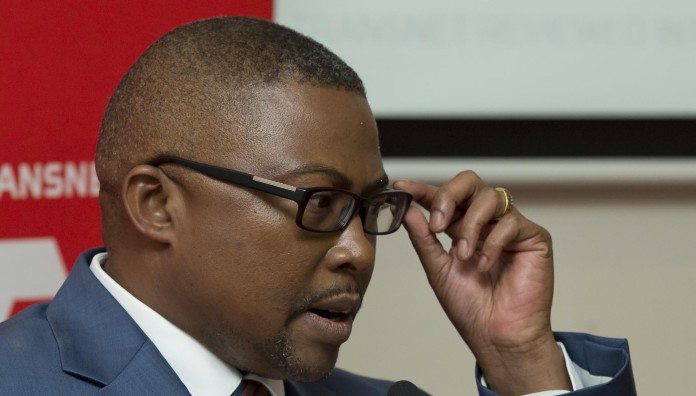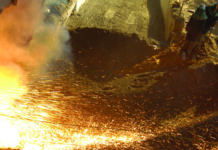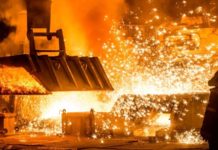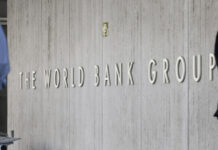
THE year-end results of Transnet, South Africa’s state-owned transport and logistics company, provides an alternative snapshot of the health of the national economy; one with moving pictures, as it were, rather than just bald GDP statistics.
According to Siyabong Gama, CEO of Transnet, impairments related to bad debt among the firm’s customers totalled R700m in the 12 months ended March 31. Some of these included Evraz Highveld, the steel producer, which was driven into liquidation. Other customers, such as ArcelorMittal South Africa, simply reduced their level of custom to Transnet as it cut back production.
The picture Gama paints is a flagging industry, especially as the mining sector finds it increasingly difficult to attract the debt and investment support it needs to grow production and exports under weight of failing commodity markets, and regulatory uncertainty.
The amounts of coal, iron ore, manganese, cement, and steel put into trains in Transnet’s last financial year were all lower year-on-year; some markedly so. About 6% less coal was sent from the Mpumalanga and Limpopo provinces to the Transnet operated port in Richards Bay, KwaZulu-Natal.
On this score, it’s worth remembering just exactly what Transnet promised to do.
At a time when the rand was trading 9 to the dollar, Transnet unveiled a R300bn Market Demand Strategy (MDS), an expansion programme, part of which would pay for an increase in coal exportation capacity to 81 million tonnes a year (mtpa) by 2016.
Well, we’re here now in 2016 and the delivered coal to Richards Bay was only 72mt – lower than the level achieved in 2015. “What we said we would do in seven years, we are now only going to do in 10 years,” said Gama.
Plans to ambitiously expand the Waterberg network of coal lines has been deferred to 2020 or 2021.
In its year-end pre-close note, Wim de Klerk, CFO of Exxaro Resources noted: “Exxaro rail supply in the Waterberg has been disappointing, achieving an average of 3.5 of the required five trains per week since the beginning of 2016”. He put it down to “operational issues” at Transnet Freight Rail (TFR) which is the largest business unit in the Transnet empire.
The way Gama described it, he and his team noticed “the wheels were coming off the economy” in October – a moment in time he referred to as “Red October”. It puts Transnet in a precarious position because it is committed to investing ahead of the cycle; in other words, before and in anticipation of a recovery in the South Africa economy which, according to the IMF this week, is likely to grow a mere 0.1% this year.
Commenting on business conditions in the 2016 financial year, Gama said he felt it was “… similar to the recession of 2008” when the global financial and economic crisis hit.
However, he has “… reason to believe things are looking up” despite the expected impact of Brexit which could knock off 0.1% off South Africa’s GDP growth this year (forecast made prior to the IMF’s forecast). The economy grew 0.6% last year.
Coal prices have stabilised and there have been small improvements in iron ore and chrome, said Gama who added that Transnet wanted to target general freight business as a means of keeping volumes on its trains pumping whilst mining languished. “We are also doing at lot of work in terms of rail volumes that are rail friendly that can be moved from road to rail,” said Gama.
This will mean taking custom away from the country’s trucking industry.
It also means that the MDS must forge on. Although R12.1bn in expenditure to expand TFR’s iron ore line has been deferred, a further R15.7bn will still be invested in the sector. And roughly R22bn will still be spent on the coal line in totality.
Over a 14-year period since it was first unveiled, the MDS will commit about R500bn to expanding South Africa’s infrastructure. “We are revising MDS so that it is on steroids. We have to give some tablets to the economy,” said Gama.










